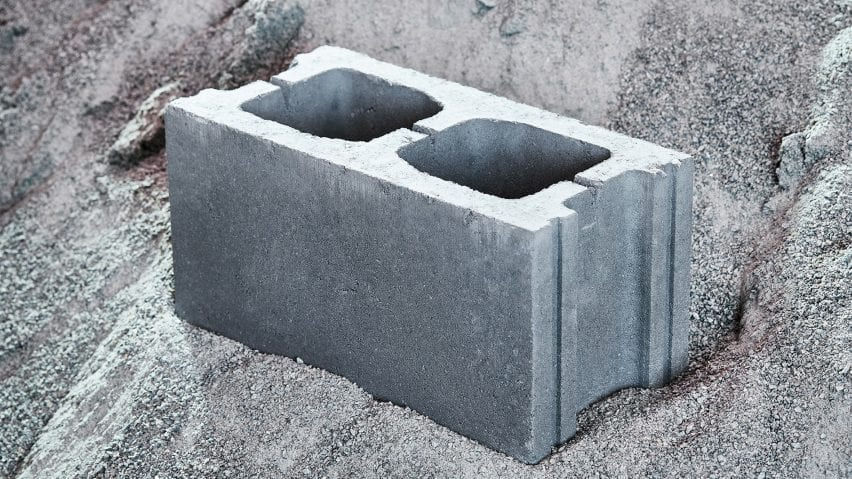

CO2 Utilisation in Concrete, US & Canada

Location
Indiana & British Columbia

SDGs Contribution
2

Solution Type
Carbon Capture & Storage

Project Type
Carbon Avoidance & Removal
Fact File
🚧 CO2 is permanently locked in concrete through a chemical process, turning it into a mineral that stays embedded for the entire material's lifetime.
🚫 No new facilities are being constructed for the project - the equipment is retrofitted into existing facilities.
↘️ The project uses new a technology developed by CarbonCure, and will reduce 67,813 tCO2e/year on average.
Partnership &
Certification



About this Project
The Problem
Concrete is the most widely used man-made material in existence. The single largest ingredient in concrete is Portland Cement, and it has a massive carbon footprint. Cement is the source of about 8% of the world's CO2 emissions. If the cement industry were a country, it would be the third largest emitter in the world - behind China and the US. To the extent that the concrete sector can be decarbonised, it will make a major contribution to sustainable development.
The Solution
The project both captures and mineralises CO2 into ready-mix concrete, leading to both permanent carbon reduction and removal. The project sequesters CO2 emissions, by taking gas that would have otherwise been emitted (or would already have been in the atmosphere) and captures, compresses and transports it to a site where it can be embedded into the concrete itself. The concrete produced also requires a lower amount of Portland Cement, further reducing emissions, as cement production is highly energy and carbon intensive.
Project Location
SDG Contributions










